As with any journey, you’ll want to do some research and plan your trip. You’ll want to have a sense of what the end result should be and how much it’ll cost. And while you’ll no doubt be able to go it alone, having a seasoned and experienced guide show you the way will likely mean a more enjoyable, more enriching and overall better journey.
Let’s look at the steps, in chronological order, involved in creating a home.
Neumann Mendro Andrulaitis Architects LLP
Keep in mind what architect Charles Moore once said: “If you care enough you just do it. You bind the goods and trappings of your life together with your dreams to make a place that is uniquely your own. The crucial ingredient is concern, care for the way that a house is built and the shape it gives to your life."
Lauren Mikus
1. Set goals. Creating a new home for yourself is all about setting goals and taking the steps to achieve those goals. You’ll want to establish the answers to a whole host of questions so that you can set these goals.
Goal setting requires satisfying both left- and right-brain activities. So your list of goals will include two sides: a practical, meat-and-potatoes side and an emotional, ice-cream-and-pie side. Each is important, and each needs to be recognized so that the end result will reflect a totality.
Questions to ask:
• What do you want to achieve?
• Where do you want to be?
• What will this cost?
• Can it really be achieved?
• Does plan A make sense?
• What’s plan B?
By the way, a goals statement is what architects refer to as a program. So when your architect says “program,” just think “goals.”
More about architect lingo
Goal setting requires satisfying both left- and right-brain activities. So your list of goals will include two sides: a practical, meat-and-potatoes side and an emotional, ice-cream-and-pie side. Each is important, and each needs to be recognized so that the end result will reflect a totality.
Questions to ask:
• What do you want to achieve?
• Where do you want to be?
• What will this cost?
• Can it really be achieved?
• Does plan A make sense?
• What’s plan B?
By the way, a goals statement is what architects refer to as a program. So when your architect says “program,” just think “goals.”
More about architect lingo
Bud Dietrich, AIA
2. Establish a budget. While a budget should be in any goal statement, it's such an important piece that it's included here as a separate task. When making your budget, of course you'll begin with what you can afford, and how the cost of your house fits in with your overall plans for the future. When you're ready to get down to details, include everything that will go into the project: the cost of the land, local fees and taxes, design and engineering fees, construction of not just the home but the landscape, plus furniture and decorating.
And don't forget a healthy contingency. As with any complex project, things will happen, and the road from point A to point B will have a detour or two. Make sure that these little side trips won't send you over the edge.
A spreadsheet program such as Excel is a good tool to use for developing a budget, as you can continuously update and modify it as you work your way through the project.
8 ways to stick to your budget
And don't forget a healthy contingency. As with any complex project, things will happen, and the road from point A to point B will have a detour or two. Make sure that these little side trips won't send you over the edge.
A spreadsheet program such as Excel is a good tool to use for developing a budget, as you can continuously update and modify it as you work your way through the project.
8 ways to stick to your budget
Randy Brown
3. Find some land — or a neglected older house. Where do you want to be? How do you want to live? What are you looking for? Maybe you want that house in the mountains or with the ocean view, but it’s not in the cards right now, for economic or other reasons. No matter; you’ll likely be able to reinvent yourself later. For now, it’s the burbs with the good schools or some other place. The point is, find a spot on the globe that you can claim as your own and build what will be a home.
And maybe that land isn’t a few acres that’s never been trampled on. Maybe it’s an existing house that’s just old and tired and has suffered some neglect. The house whispers to you that it really does want to shed those avocado-colored appliances, that shag carpeting and those single-pane windows, and you know you’re the person to do that.
So take heart if you decide to transform that sow’s ear into a silk purse. You’ll be amazed at the transformation that can take place.
And maybe that land isn’t a few acres that’s never been trampled on. Maybe it’s an existing house that’s just old and tired and has suffered some neglect. The house whispers to you that it really does want to shed those avocado-colored appliances, that shag carpeting and those single-pane windows, and you know you’re the person to do that.
So take heart if you decide to transform that sow’s ear into a silk purse. You’ll be amazed at the transformation that can take place.
Frederick + Frederick Architects
4. Assemble a team. While you might think you can go it alone, assembling a team of tried and true professionals is the better approach. After all, you wouldn’t represent yourself in court. So why wouldn’t you entrust your single largest investment to an experienced team that won’t be learning on your dime?
An architect and a builder (if not one and the same) are going to be your most important team members. These people will act as guide, therapist, advocate and counselor throughout the journey that creating your home is. And, as with all good professionals, the right guide can ensure that the journey is all the more enjoyable.
As you embark on this journey, you will likely want to add team members. A kitchen and bath designer, perhaps; maybe an interior designer, too. Certainly a landscape architect, who shouldn’t be the last person hired when all the money is gone; you want to create a beautiful yard that will complement the house.
Pictured: Architect Jane Frederick (read a Houzz Q&A)
Find designers near you and browse their portfolios
An architect and a builder (if not one and the same) are going to be your most important team members. These people will act as guide, therapist, advocate and counselor throughout the journey that creating your home is. And, as with all good professionals, the right guide can ensure that the journey is all the more enjoyable.
As you embark on this journey, you will likely want to add team members. A kitchen and bath designer, perhaps; maybe an interior designer, too. Certainly a landscape architect, who shouldn’t be the last person hired when all the money is gone; you want to create a beautiful yard that will complement the house.
Pictured: Architect Jane Frederick (read a Houzz Q&A)
Find designers near you and browse their portfolios
Bud Dietrich, AIA
5. Plan, plan and plan some more. Every large project I've ever worked on has had this one thing in common. The owner, whether a private developer, government agency or corporate entity, knew the importance of planning the project in detail before starting to build.
These owners knew that moving walls on paper is a whole lot cheaper than moving walls after they're built. So embark on a robust planning and design phase.
These owners knew that moving walls on paper is a whole lot cheaper than moving walls after they're built. So embark on a robust planning and design phase.
- Play the "what if?" game. Sometimes the first answer is the right answer, sometimes it's the 31st. Just remember not to settle until you've explored all the possibilities; you don't want to say after the project has been built, "We should have done ..."
- Go big or go home. And I don't mean big as in size (that's a whole separate discussion), but big as in big ideas. Building a home, be it from scratch or a renovation, is an exercise in making something that's yours. So dream big and have grand plans. There will be time enough to deal with the realities of budget, zoning and codes. Don't sweat the small stuff for now.
- Sweat the small stuff. Decisions, decisions, decisions. You'll be asked to make many — more than you can imagine. Just remember that God is in the details, so make sure that the details are there so that your home will be uniquely your own and speak to who you are.
Phil Kean Designs
6. Accept the inevitable. You've made the plans, gotten the permits and secured the money; now the only thing left to do is build your house. You've accounted for everything, so it should all come together as smooth as silk. Easy, right?
Oddly enough, stuff happens. That's a given. How you and your team react to these hiccups will be important. My advice is to stay calm, keep your sense of humor and work with your team to address the issue. This is where having the right team in place can pay dividends. An architect, a builder and others who can work together and share ideas without criticizing one another will go a long way to helping you keep your sanity.
Some tips for staying sane during construction:
Oddly enough, stuff happens. That's a given. How you and your team react to these hiccups will be important. My advice is to stay calm, keep your sense of humor and work with your team to address the issue. This is where having the right team in place can pay dividends. An architect, a builder and others who can work together and share ideas without criticizing one another will go a long way to helping you keep your sanity.
Some tips for staying sane during construction:
- Don't change your mind. Early on make all of the decisions you have to, select all of your finishes and don't change your mind. Yes, you'll be enticed by that new thing that comes along. Just remember that once construction starts, it'll cost you time, money and perhaps a trip or two to a therapist if you change your mind.
- Turn a deaf ear to the goings-on. Every construction site is filled with workers complaining. After all, who doesn't complain about his or her job? Who hasn't wanted to vent about the boss? The best thing you can do is ignore it. Don't worry; if it really is an issue, you'll be told about it.
Andrea Swan - Swan Architecture
7. Enjoy your new home. You’ve worked hard and spent more than a few dollars to create your new home, so enjoy it to the max. Revel in the way the light falls across a room and how it changes with the seasons. Find unexpected places to talk with family members. Discover how this place gives shape to your life and allows you to become the person you want to be.
In the end you’ll be amazed that your new house is so much more than the sum of just its three bedrooms, living room and so on. It’s the place you get to call home and make uniquely yours.
More: Your Guide to a Smooth-Running Construction Project
In the end you’ll be amazed that your new house is so much more than the sum of just its three bedrooms, living room and so on. It’s the place you get to call home and make uniquely yours.
More: Your Guide to a Smooth-Running Construction Project
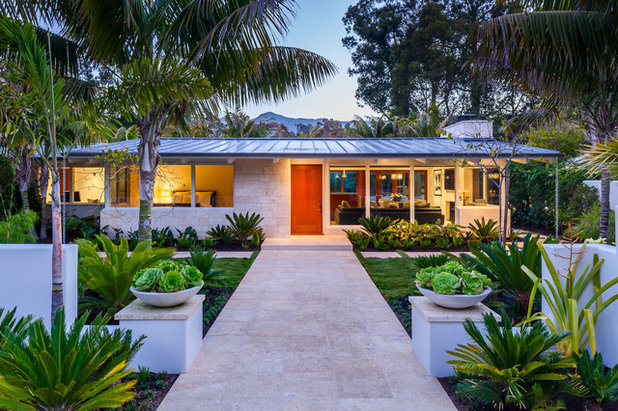

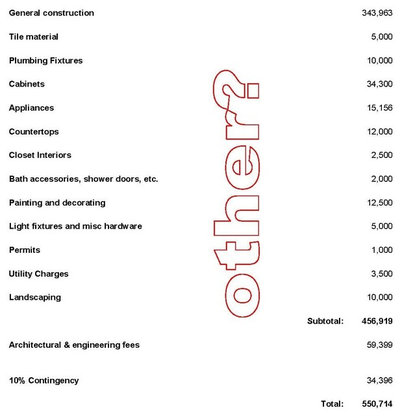
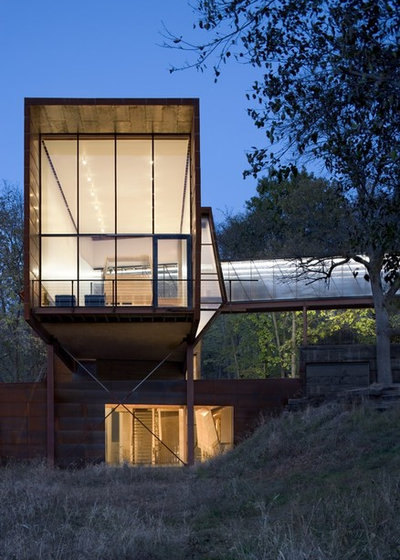

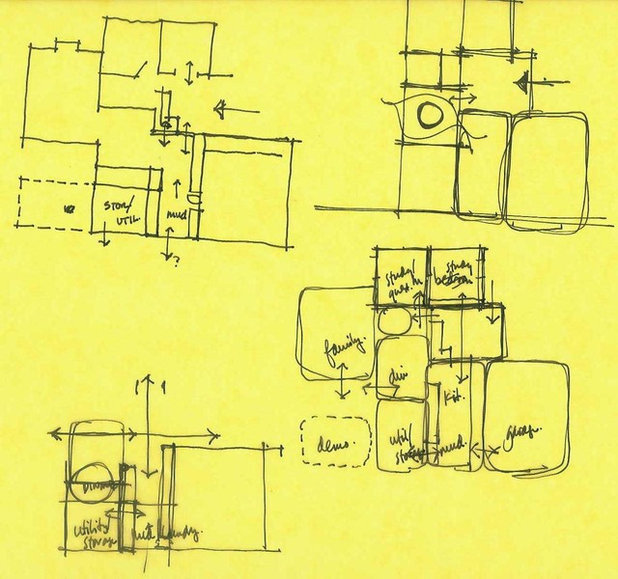
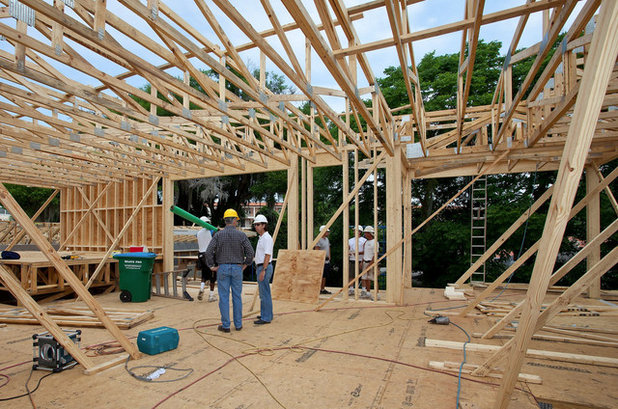
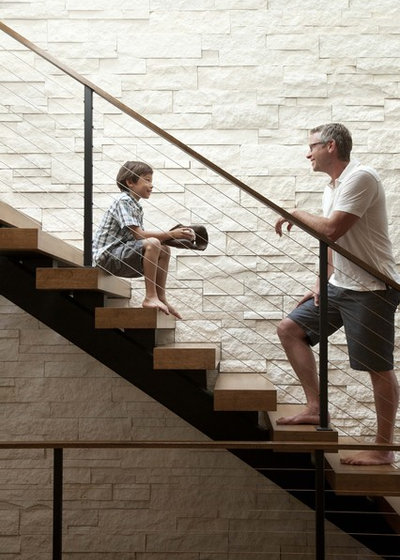
0 comments:
Post a Comment